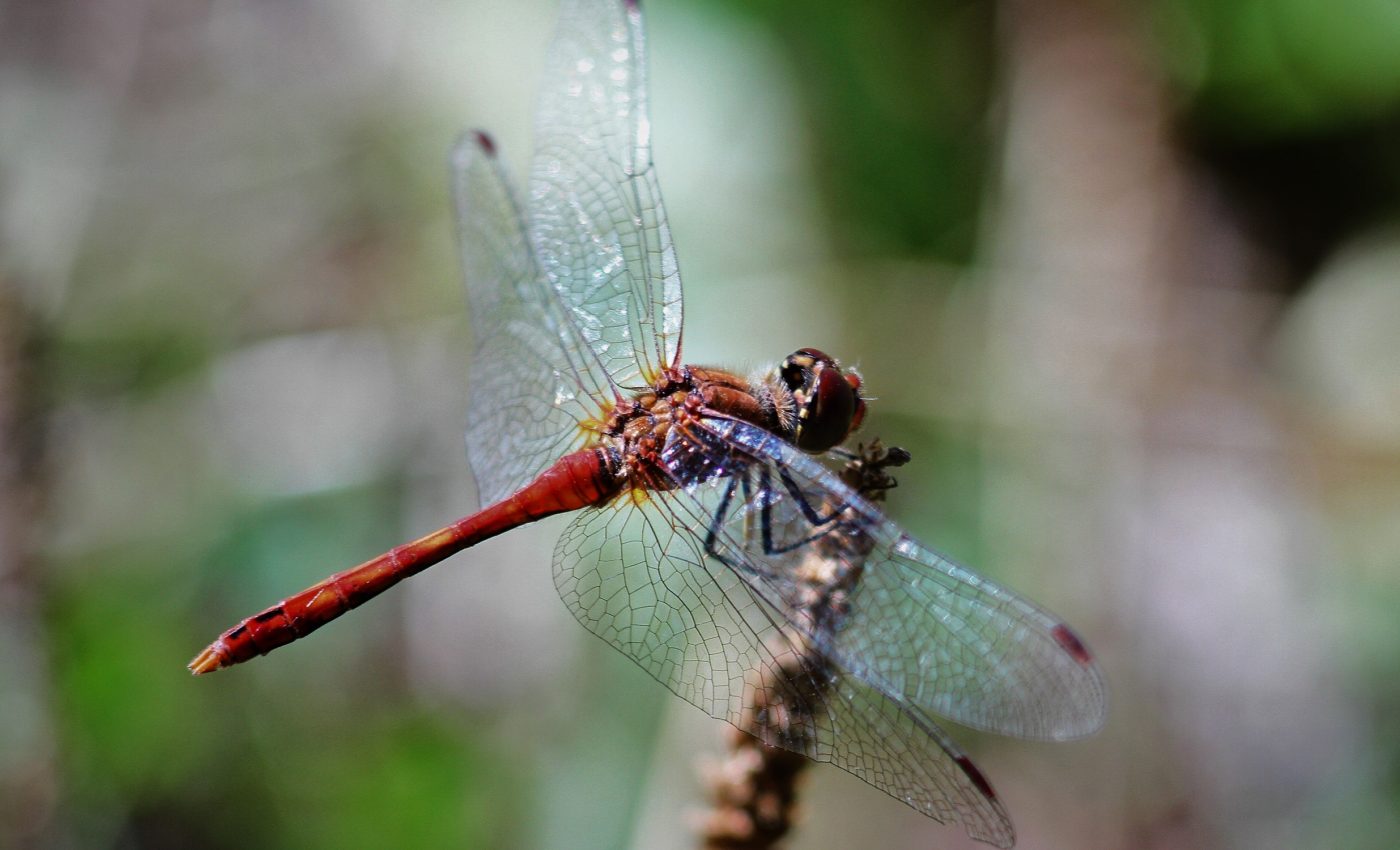
Dragonflies developed dark wing spots for survival
The beauty of dragonflies goes far beyond mere aesthetics. Those resplendent wings flashing in the sunlight may actually be the dragonfly’s passport to survival, according to a recent study.
Kim Medley, a contributing author and director of the Tyson Research Lab, offers key insights into this phenomenon. The experts found that dragonflies with dark wing markings have a lower extinction risk.
Survival of the dragonfly
Ever notice how some dragonflies seem to sport extra bling? It takes the form of dark, alluring wing markings that set them apart from their brethren.
These embellishments are not just there for show, they are apparently part of a survival strategy. Medley and her fellow researchers found that these ornamented dragonflies have a significant advantage when it comes to facing human threats and habitat destruction.
“We think ornamentation comes into play when populations become more isolated,” Medley said.
Science behind the shine
Study lead author Michael Moore is a former postdoctoral researcher at the Living Earth Collaborative and currently serves as an assistant professor at the University of Colorado, Denver.
For the investigation, the team examined records of 19 dragonfly species in California, covering a period from 1900 onwards.
Remarkably, the researchers found that the ornamented species had a much higher survival rate over the long term with eight out of ten increasing their population over that time frame.
Survival tactics of dragonflies
Further investigation of 311 species across North America revealed that 301 out of these 311 species were at minimal or no risk of extinction. That is good news for conservationists and dragonfly aficionados. Interestingly, the remaining 10 species, which were at risk, all lacked ornamentation.
To better understand the dynamics of dragonfly species, the researchers also analyzed data provided by amateur naturalists who had collectively gathered 90,000 observations.
Comparing the species distribution across different landscapes, they found that a greater proportion of ornamented dragonflies were able to thrive in urban and agricultural areas.
So, why does this ornamentation matter so much? One theory is that the markings make it easier for females to select mates, and for males to spot rivals. This becomes particularly crucial when habitat loss leads to fragmented populations.
Role of color in communication
The vivid colors of dragonflies do not merely serve aesthetic purposes; they are integral to the complex communication strategies these insects employ. Vibrant hues can indicate various states, from mating readiness to territorial claims.
For instance, male dragonflies often display brighter colors when vying for the attention of females or defending their territories from rivals. This visual signaling is particularly important in environments where such interactions are key to survival and reproductive success.
Furthermore, studies suggest that color patterns may evolve differently in response to environmental pressures, illustrating the adaptability and resilience of dragonfly populations.
Conservation implications
The findings from Medley’s research hold significant implications for conservation efforts aimed at maintaining healthy ecosystems. Recognizing the association between ornamentation and survival could guide prioritization in conservation strategies, especially for species at risk.
Future research may delve deeper into the ecological roles of various morphological traits and their influence on interspecies interactions.
As urbanization and habitat destruction continue to challenge wildlife, understanding the intricacies of dragonfly adaptation and survival will be crucial in formulating effective conservation policies.
Encouraging citizen science initiatives, like those gathering observational data, could enhance our understanding and support for these captivating creatures in their natural habitats.
Fine line between flashy and foolhardy
However, these ornamental features come with their set of challenges. The eye-catching spots could attract unwanted attention from predators or absorb extra heat on a sweltering summer day. “There’s a trade-off,” Medley said.
From this fascinating study, we learn that there’s more to a dragonfly’s beauty than meets the eye. As they flit about, dazzling under the sun, dragonflies are working hard on their survival, bearing their ornaments as badges of resilience.
Let’s take a moment to admire these splendid creatures and the lessons they offer us about adapting to an ever-changing world.
The study is published in the journal Ecology Letters.
—–
Like what you read? Subscribe to our newsletter for engaging articles, exclusive content, and the latest updates.
Check us out on EarthSnap, a free app brought to you by Eric Ralls and Earth.com.
—–













